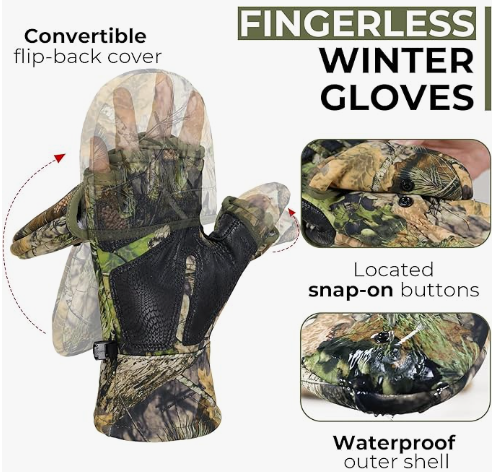In the world of work gloves and sports gloves, customer feedback can be a game-changer. Whether you’re producing gloves for construction, mechanics, or outdoor sports, listening to what your customers have to say is key to creating better products. Here’s how you can improve glove design based on feedback from your customers.
1. Collecting Customer Feedback: Where to Start?
To make the best gloves, you need to understand your customer’s real needs. Here are a few simple ways to gather that valuable feedback:
Surveys
Create quick surveys asking your customers about fit, comfort, and durability. You can send these through email or pop them up after an online purchase.
Social Media Listening
People love to share their experiences online. Monitor social media platforms for mentions of your brand and gloves. A lot of feedback comes organically through platforms like Instagram or Facebook.
Reviews
Online reviews, whether on your website, Amazon, or a distributor’s page, can reveal patterns—like common complaints about glove seams or praises for comfort.
Tip: Make it easy for customers to leave feedback. A simple form on your site or a follow-up email post-purchase can work wonders.
2. Analyzing the Feedback: Spot the Patterns
Now that you have the feedback, the next step is to look for trends. Are customers saying the gloves wear out quickly? Are they too tight or too loose? For instance, if many of your construction glove buyers mention that the fingertips wear out fast, it’s a clear sign you need to strengthen that part.
Segmentation by User Type
Work gloves used in construction are different from gloves for mechanics or sports. Group the feedback by industry or use case. For example:
- Work Gloves Feedback: Focus on grip, durability, and safety.
- Sports Gloves Feedback: Highlight flexibility, breathability, and comfort.
3. Making the Right Changes: Implementing Feedback
This is where the magic happens. Based on what customers tell you, here are ways to improve your glove designs:
Strengthen Durability
For work gloves, durability is critical. If multiple customers report torn seams or worn-out areas, consider using stronger materials like reinforced leather or double stitching on high-stress areas.
Adjust Fit and Comfort
Sizing issues are common. If customers complain about the gloves being too tight or too loose, consider revising your sizing chart or offering more size options.
Add Features Based on Demand
For sports gloves, feedback might highlight missing features like touchscreen compatibility. If customers ask for more functional gloves, adding this small feature can boost satisfaction.
A quick illustration of where to reinforce gloves can help visualize the areas prone to wear and tear (such as the fingertips or palm).
4. Proactive Customer Engagement: Stay Ahead
It’s smart to engage with your customers before issues arise. Try the following strategies:
Beta Testing Programs
Offer your loyal customers the chance to try new designs before they hit the market. This gives you early feedback and makes customers feel valued. If your new glove prototype has a feature like a gel palm, let a select group test it out.
Pre-launch Feedback
Reach out to your existing customers to ask what they would like to see in the next version of your glove. This not only improves your product but also boosts customer loyalty.
5. Balancing Feedback with Production Constraints
While customer feedback is essential, not every request can be implemented. For example, adding certain high-end materials might raise the cost too much for your target market.
Work with Manufacturers
Collaborate with your manufacturing team to figure out what changes are feasible. Sometimes, a small adjustment, like switching to a more durable fabric or improving the glove’s stitching process, can make a huge difference without dramatically increasing costs.
6. Long-Term Strategy: Future-Proof Your Glove Designs
Customer feedback is not just about fixing what’s wrong; it’s also about innovation. Use feedback to:
- Create new product lines. If a lot of your customers want lightweight gloves for summer use, start designing a breathable version.
- Stay eco-friendly. Many customers now care about sustainability. Look for feedback that mentions environmental concerns and consider using more eco-friendly materials.
7. Closing the Feedback Loop: Let Customers Know You’re Listening
Once you’ve made changes, don’t forget to tell your customers! If you’ve improved a glove based on customer requests, share this update in an email or social media post. It shows you care and encourages them to keep providing valuable feedback.
Encourage More Feedback
Keep the conversation going. After implementing changes, ask your customers for their opinions on the new design. This helps create a cycle of continuous improvement.
Conclusion: A Better Glove Starts with Listening
Improving glove design based on customer feedback isn’t just a one-time effort—it’s a continuous process. From gathering insights to making practical design changes, feedback helps you create a product that truly meets your customers’ needs. And in a competitive industry like gloves, staying ahead means listening closely.








